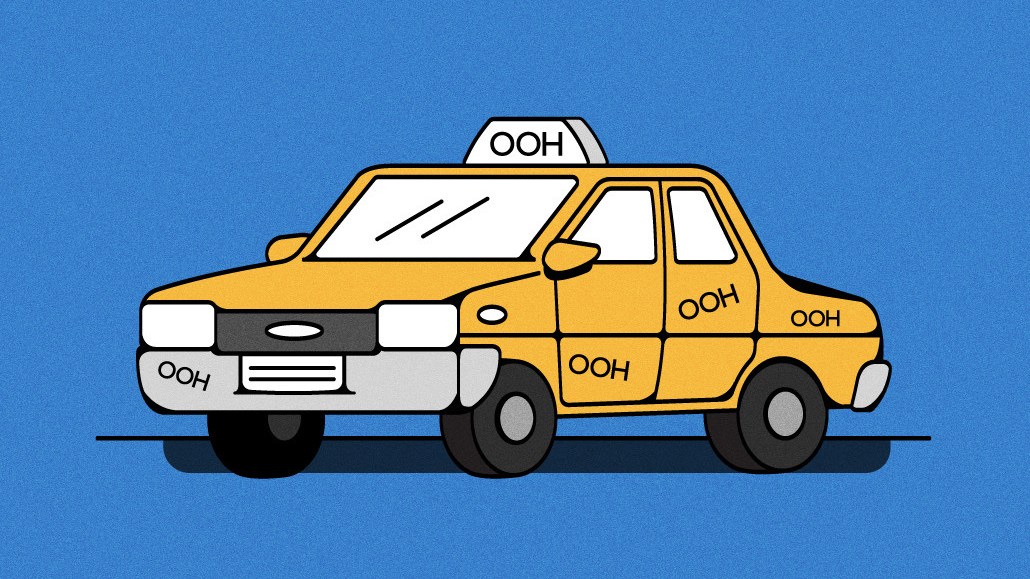Register by Jan 13 to save on passes and connect with marketers from Uber, Bose and more
Uber’s $1 billion ad business expected to remain untouched amidst Google’s third-party cookie fallout

As a Digiday+ member, you were able to access this article early through the Digiday+ Story Preview email. See other exclusives or manage your account.This article was provided as an exclusive preview for Digiday+ members, who were able to access it early. Check out the other features included with Digiday+ to help you stay ahead
Uber Ads is having a good run. For a two-year-old venture, Uber’s ad business is expected to reach its $1 billion revenue goal this year, based on its run rate, according to the company’s Q2 earnings report released earlier this week.
Google’s left turn on its third-party deprecation plan, now leaving users to decide if they want to be tracked, isn’t expected to make Uber take its foot off the gas anytime soon. Uber is positioning itself as insulated from Google’s cookie fallout, keeping its value proposition around its first-party data, location-based consumer insights and global scale front and center.
“Whatever Google’s decision is, that’s their business,” Paul Wright, head of international at Uber Advertising told Digiday. “First-party data that retail media networks have been producing actually is much more powerful [than third-party cookies] in terms of performance.”
Considering Uber’s vantage point, according to three agency execs Digiday spoke with for this story, it’s a fair position to take. The ride-sharing app sells various ad formats, including ads that appear in Uber and Uber Eats apps, emails, cartops and in-car tablets. And back in June, Uber opened the doors to programmatic buying across its rides app. It’s a closed loop ecosystem in which Uber operates within its walls, per agency execs, leaving Uber insulated from the cookie fallout.
“That’s fully bulletproof,” said Jon Morgenstern, evp, head of investment at VaynerMedia. At least that’s the case as far as cookies are concerned, he added. “Even if that stuff was picking up the heat, the temperature was rising, owned and operated is still is still safe.”
Regardless of where the cookie lands (and how many Chrome users choose to opt in) advertisers are still ready to invest in the growing retail media network space, which now has more than 200 contenders, according to Mimbi, a retail media intelligence platform. Notably, advertisers are grappling with the influx with dollars only stretching to cover so many ad networks, but it hasn’t stopped them from shelling out dollars. Global retail media spending is set to surpass $150 billion, according to the World Advertising Research Center (WARC).
“Uber is sitting on a lot of valuable data, especially among a very coveted cohort, which is this Gen Z, millennial group of individuals that are very comfortable using the Uber platforms, whether it’s for transportation or consumption of goods or purchases,” said Jennifer Kohl, chief media officer at VML ad agency.
Uber isn’t alone in its presumed insulation. Other retail media networks will likely mirror its strategy as the fate of the cookie continues to come into focus. All said third-party data is under scrutiny, making retailers’ first-party data like gold for advertisers. And as long as retail media networks are shelling out their owned customer data for advertisers to buy ads on their owned media channels, they’re relatively sheltered from Google’s third-party ripple effects, per agency execs.
“There’s no going back. The damage has kind of been done. The disruptions happened,” Morgenstern said, referring to retail media’s growth spurt. “And so there’s some relief [in finding alternative identifiers], but the Ubers of the world are certainly still going to benefit.”
More in Marketing

OpenAI’s countdown: monetization, ads, and a Google-shaped threat
With fierce competition from Google et al, the clock is ticking for the AI company to launch its ad business.

Crisis, culture and costs: The new reality of the modern CMO
Crisis, culture and cost pressures are reshaping the modern CMO into a revenue-driven strategist uniting marketing, communications and finance.

Digiday+ Research: The marketer’s guide to AI applications, agentic AI, AI search and GEO/AEO in 2026
Digiday’s annual AI report explores how marketers are navigating the opportunities and challenges AI brings as it becomes an indispensable piece in their toolkits.








